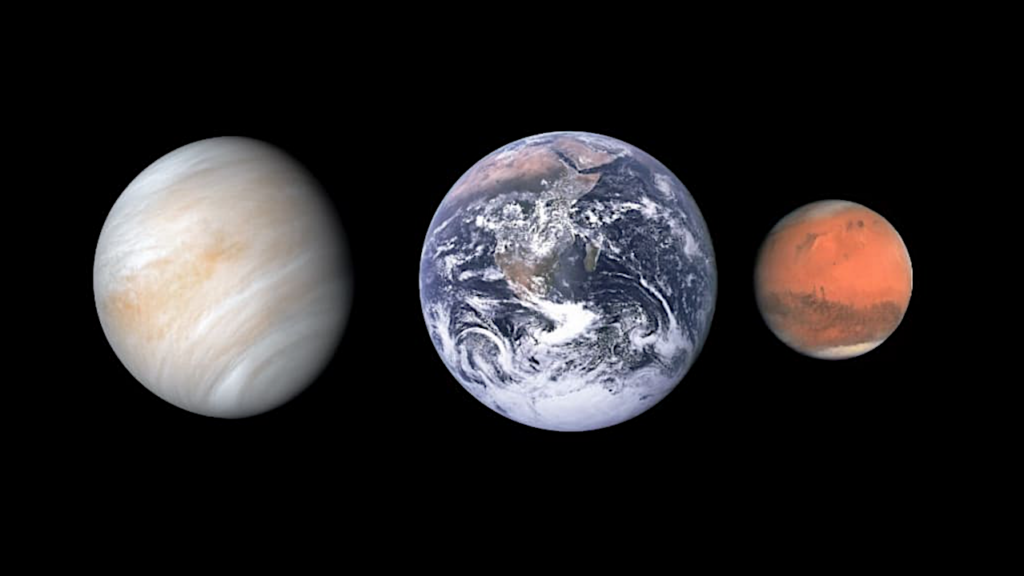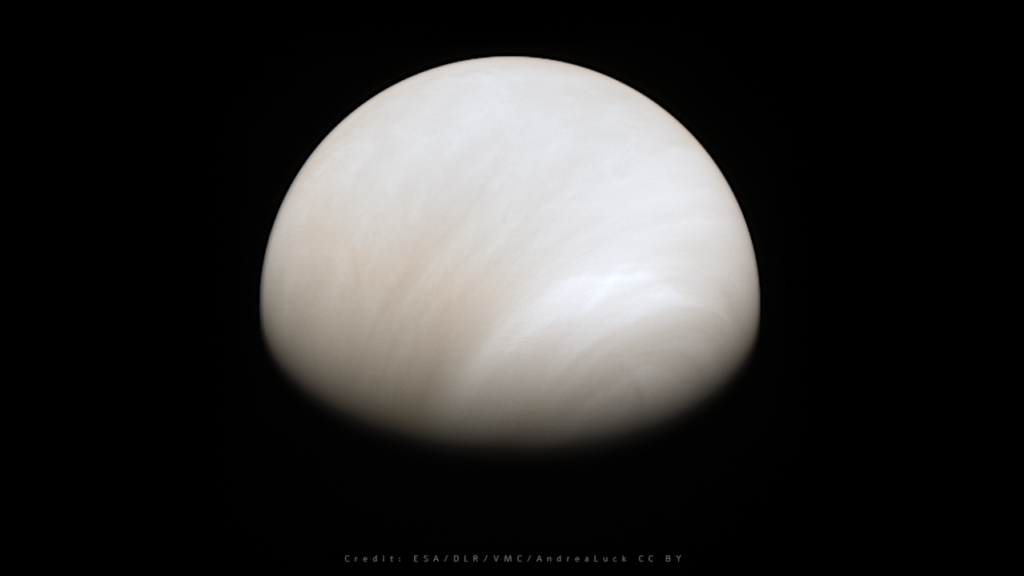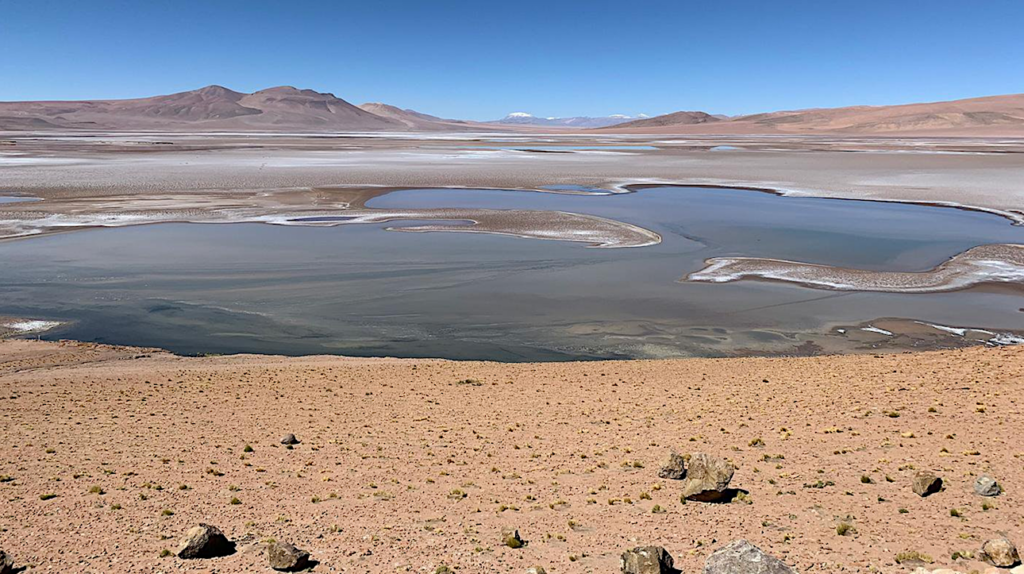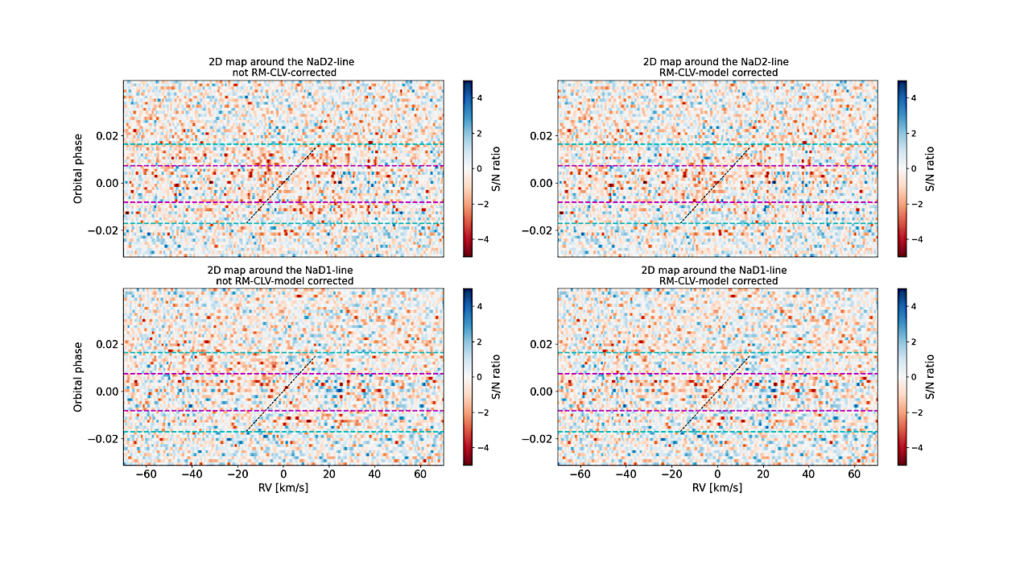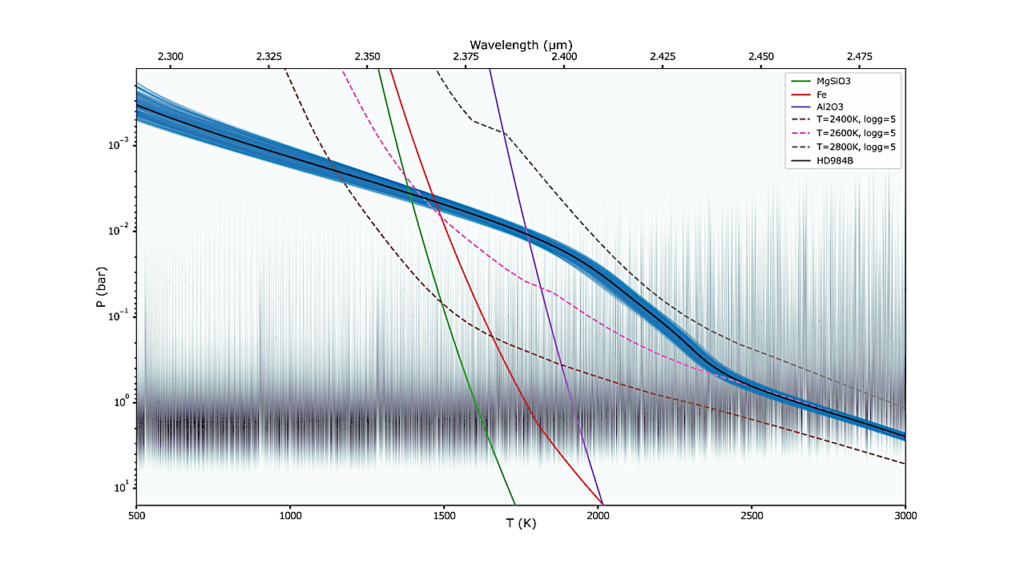TOI-1695 b: A Keystone Water World Elucidating Radius Valley Emergence Mechanisms Around Early M Dwarfs
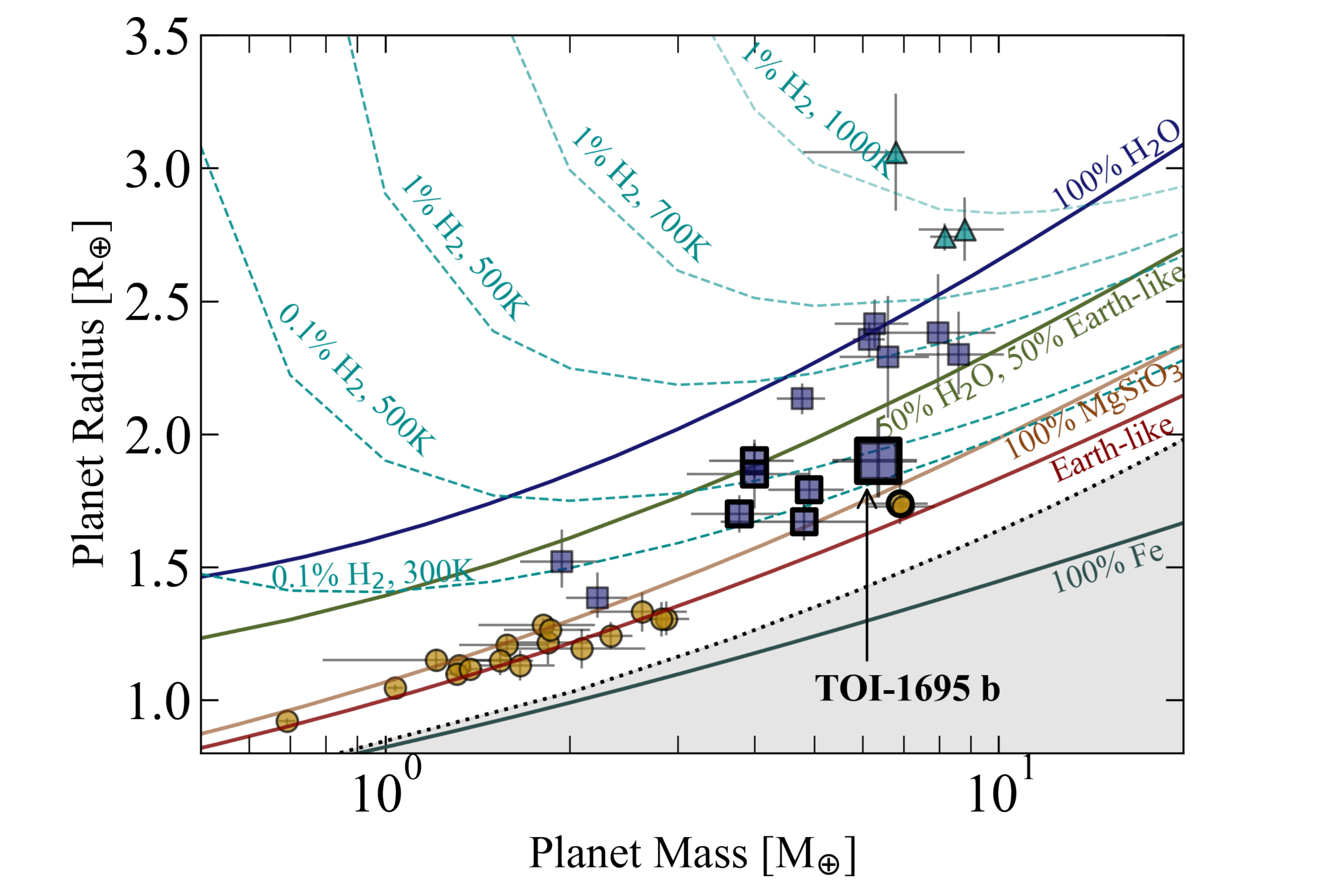
Characterizing the bulk compositions of transiting exoplanets within the M dwarf radius valley (i.e. keystone planets) offers a unique means to establish whether the radius valley emerges from an atmospheric mass loss process or is imprinted by planet formation itself.
We present the confirmation of a new keystone planet orbiting an early M dwarf (Ms=0.513±0.012 M⊙): TOI-1695 b (P=3.13 days, Rp=1.90+0.16−0.14 R⊕). TOI-1695 b’s radius and orbital period situate the planet between model predictions from thermally-driven mass loss versus gas depleted formation, offering an important test case for radius valley emergence models around early M dwarfs. We confirm the planetary nature of TOI-1695 b based on five sectors of TESS data and a suite of follow-up observations including 49 precise radial velocity measurements taken with the HARPS-N spectrograph.
We measure a planetary mass of 6.36±1.00 M⊕, which reveals that TOI-1695 b is inconsistent with a purely terrestrial composition of iron and magnesium silicate, and instead is likely a water-rich planet. Our finding that TOI-1695 b is not terrestrial is inconsistent with the planetary system being sculpted by thermally-driven mass loss.
We also present a statistical analysis of the seven known keystone planets demonstrating that a thermally-driven mass loss scenario is unlikely for this population. Our findings are consistent with the emerging picture that the M dwarf radius valley originates from planetary formation (i.e. they are born rocky/volatile-rich/gas-enveloped) rather than thermally-driven mass loss processes.
Collin Cherubim, Ryan Cloutier, David Charbonneau, Chris Stockdale, Keivan G. Stassun, Richard P. Schwarz, Boris Safonov, Annelies Mortier, David W. Latham, Keith Horne, Raphaëlle D. Haywood, Erica Gonzales, Maria V. Goliguzova, Karen A. Collins, David R. Ciardi, Allyson Bieryla, Alexander A. Belinski, Christopher A. Watson, Rolands Vanderspek, Stéphane Udry, Alessandro Sozzetti, Damien Ségransan, Dimitar Sasselov, George R. Ricker, Ken Rice, Ennio Poretti, Giampaolo Piotto, Francesco Pepe, Emilio Molinari, Giuseppina Micela, Michel Mayor, Christophe Lovis, Mercedes López-Morales, Jon M. Jenkins, Zahra Essack, Xavier Dumusque, John P. Doty, Knicole D. Colón, Andrew Collier Cameron, Lars A. Buchhave
Comments: 22 pages, 11 figures. Resubmitted to AJ after first positive referee report
Subjects: Earth and Planetary Astrophysics (astro-ph.EP)
Cite as: arXiv:2211.06445 [astro-ph.EP] (or arXiv:2211.06445v1 [astro-ph.EP] for this version)
Submission history
From: Collin Cherubim
[v1] Fri, 11 Nov 2022 19:07:41 UTC (9,883 KB)
https://arxiv.org/abs/2211.06445
Astrobiology


